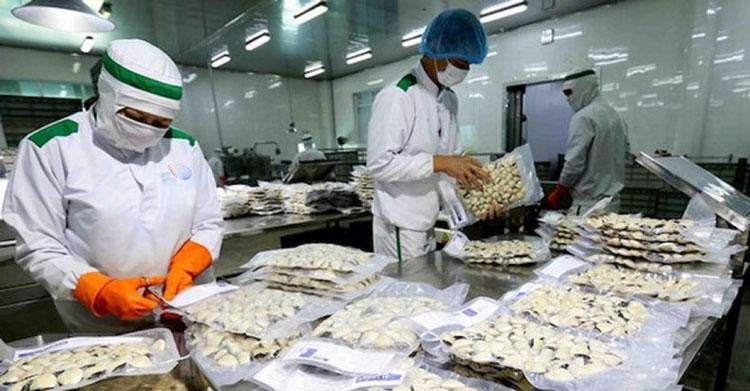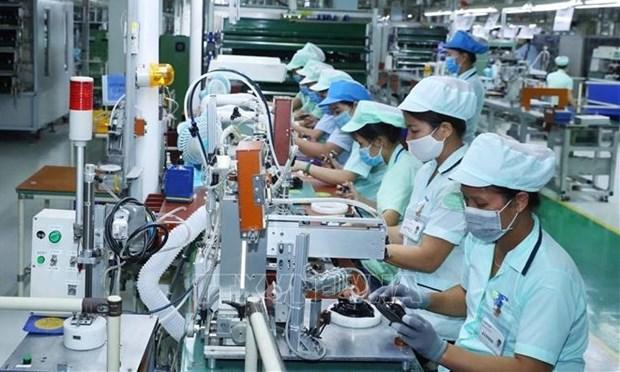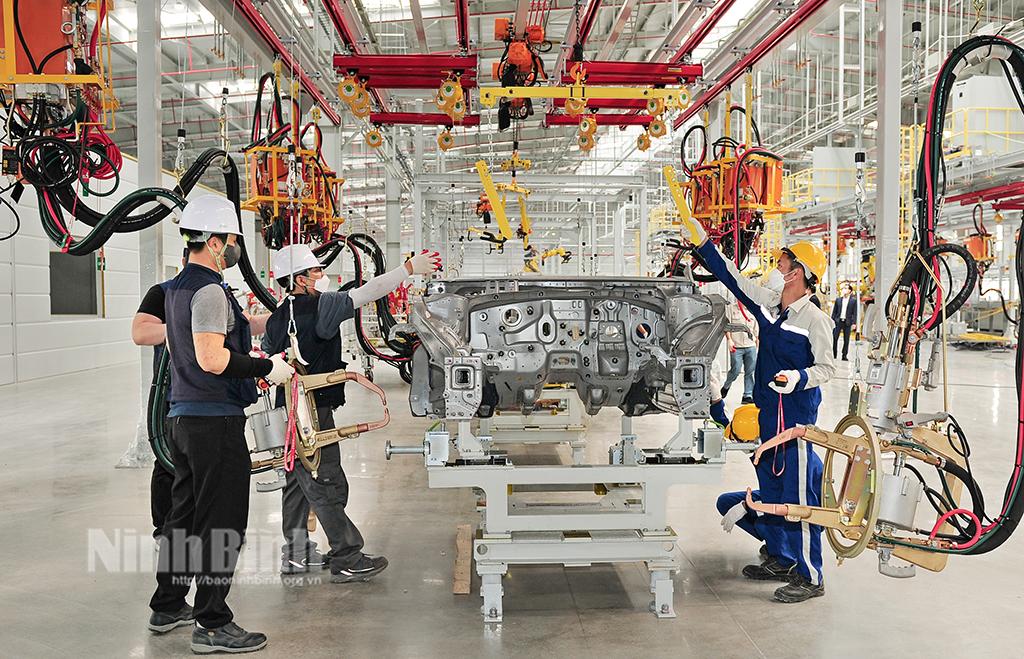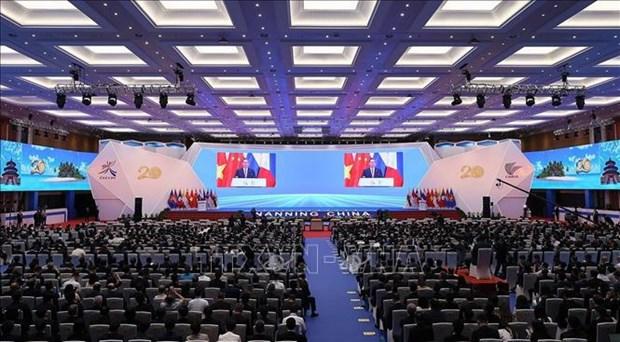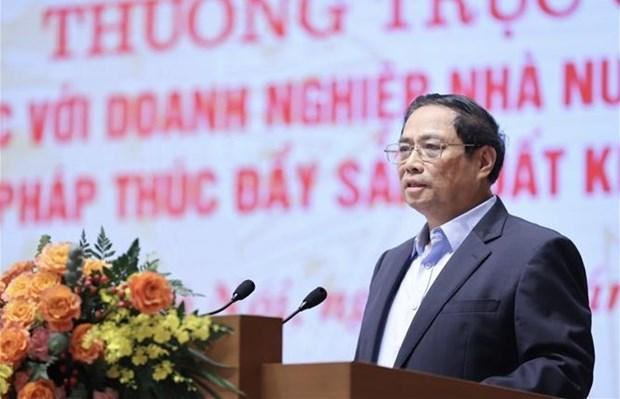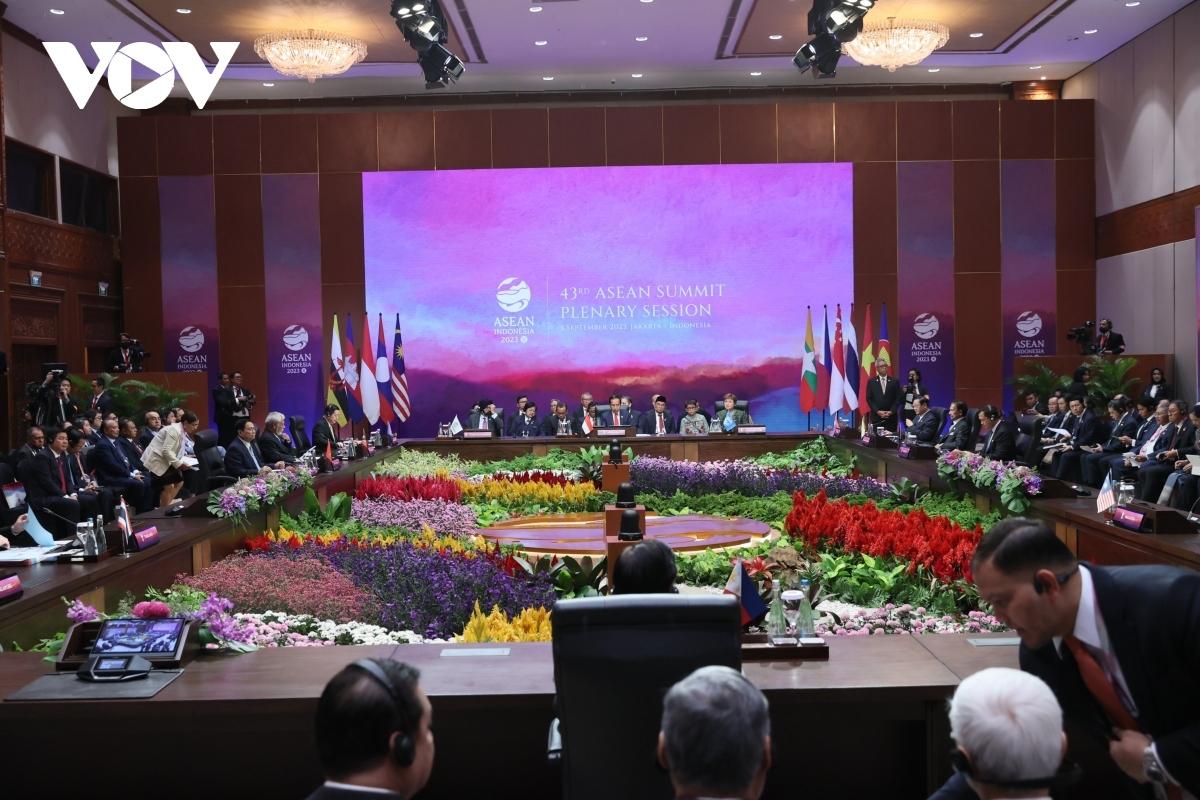Government's delegation works with Ninh Binh's leaders
A delegation from the Government, led by member of the Party Central Committee, Minister-Chairman of the Government Office Tran Van Son, had a working session with Ninh Binh's leaders on October 18 and 19, focusing on production, business, public investment, infrastructure building, and import-export in the province.



